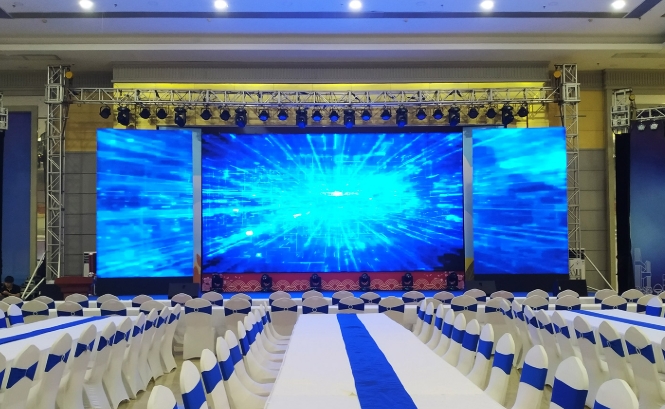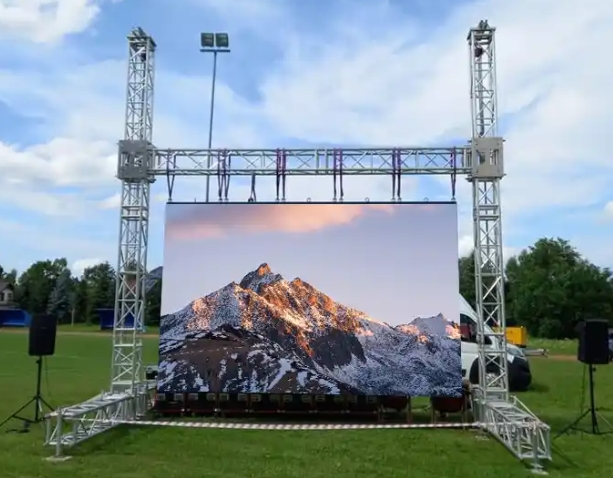What are the differences between indoor and outdoor rental LED displays
The main differences between indoor and outdoor LED displays, whether they are rental or regular displays, are in design, structure and use environment.

Indoor:
Generally speaking, the indoor brightness is lower than the outdoor brightness, so the brightness requirements for indoor rental LED displays do not need to be too high, generally between 600 nits and 1500 nits. Similarly, it does not need to be waterproof and adapt to extreme weather. Because the indoor viewing distance may be relatively close, the pixel pitch is as small as possible. The application scenarios are generally indoor places such as exhibition halls, museums, science and technology museums, shops, conference rooms, control rooms, etc.

Outdoor:
There are too many uncertainties in the outdoor environment, such as high temperature, extreme cold and other weather environments. Therefore, outdoor LED displays will need to consider high temperature resistance and waterproofness. Similarly, the outdoor brightness is high, so there will be certain requirements for the brightness of the display. Generally, high-brightness displays such as 2000 nits to 10,000 nits will be selected to ensure that the picture can be displayed clearly even when the light is strong. The pixel pitch can be larger than that of indoor display, for example, the pixel pitch can be from P4 to P20 or above, depending on the viewing distance of the audience. This kind of display is generally installed in stadiums, building exterior walls, public activity venues, etc.